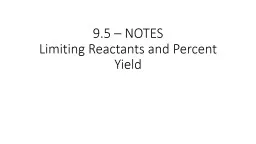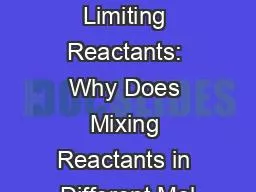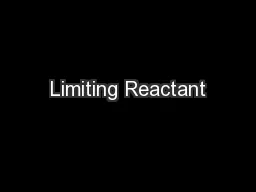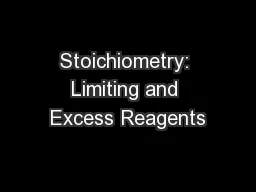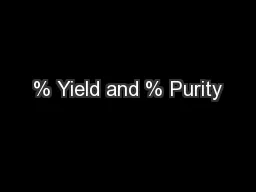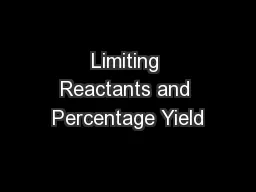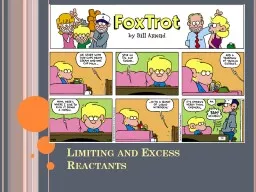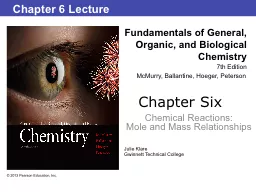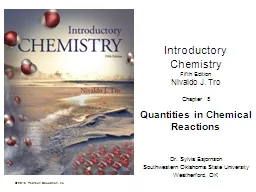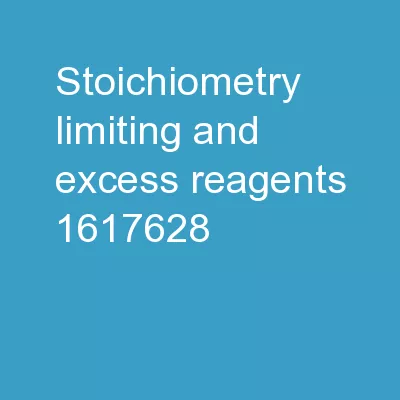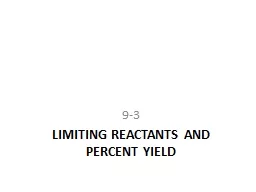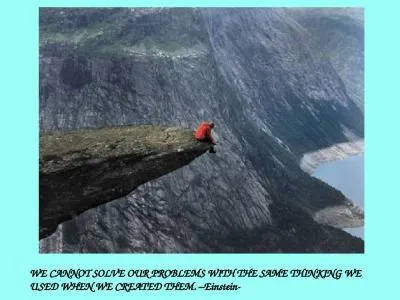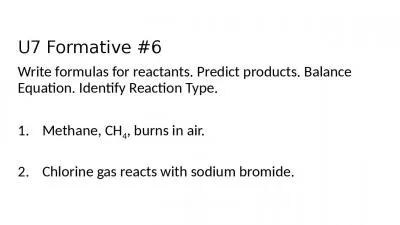PPT-9.5 – NOTES Limiting Reactants and Percent Yield
Author : delilah | Published Date : 2022-06-15
III Limiting Reactants A Why do reactions stop Are all reactions 100 efficient Reactions might stop for a number of reasons including consumption of one or multiple
Presentation Embed Code
Download Presentation
Download Presentation The PPT/PDF document "9.5 – NOTES Limiting Reactants and Per..." is the property of its rightful owner. Permission is granted to download and print the materials on this website for personal, non-commercial use only, and to display it on your personal computer provided you do not modify the materials and that you retain all copyright notices contained in the materials. By downloading content from our website, you accept the terms of this agreement.
9.5 – NOTES Limiting Reactants and Percent Yield: Transcript
Download Rules Of Document
"9.5 – NOTES Limiting Reactants and Percent Yield"The content belongs to its owner. You may download and print it for personal use, without modification, and keep all copyright notices. By downloading, you agree to these terms.
Related Documents

